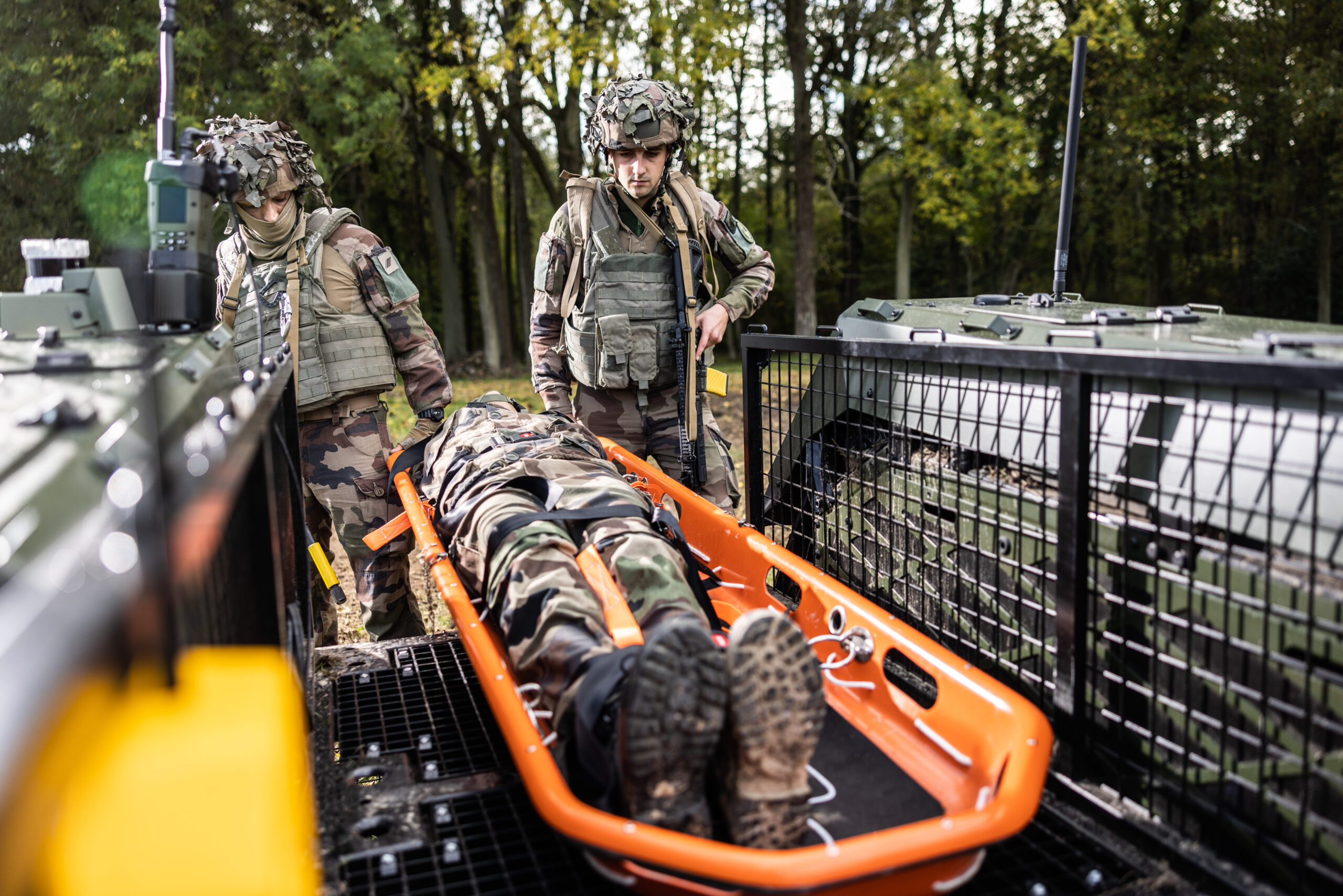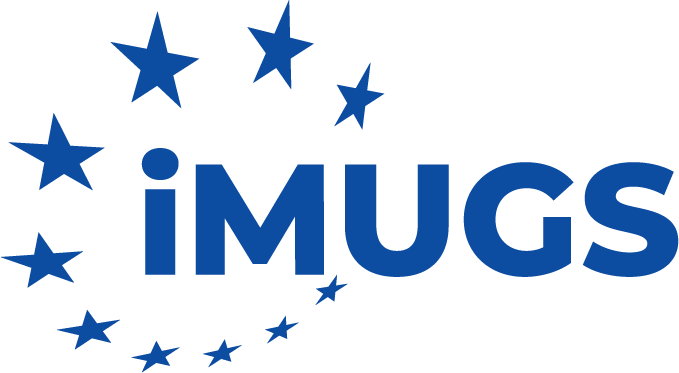
imugs Events
iMUGs Demonstrations
demonstration 1, estonia
The first demonstration showcased how the iMUGS UGV can be deployed onto the battlefield using common Armoured Personnel Carriers with unmanned aerial systems. The scenario included the Boxer APC by Krauss-Maffei Wegmann (KMW), a tethered drone by Acecore Technologies, and a multirotor drone by Atlas Dynamics.
demonstration 2, latvia
The second demonstration covered the following use cases: EW reconnaissance, Target Acquisition, Signal Intelligence, and Casualty evacuation activities.
Milrem Robotics’ THeMIS UGV’s were deployed with the ISR system Skudra for performing a signal intelligence mission and LMT’s ISR system ISOA for performing aggressive fire detection and source recognition.
Alternative communication networks were used for scenarios executed by the troops and the UGV’s.
The Scenarios included switching from the Tactical network provided by Bittium to the Long-Term Evolution (LTE) network. LMT’s Battle Management System (BMS) Viedsargs was used as a command system for scenario execution and displaying the data from payloads. KMW’s Dingo 2 was used as a command post.
demonstration 3, finland
Demonstration 2 showcased the iMUGS system’s mobility and ability to assist military infantry units in a demanding and high-threat arctic environment using line of sight (LOS) range and Beyond Visual Line of Sight (BLOS) range.
During iMUGS, various subsystems, such as command and control, battle management systems, and mission-oriented payloads, were integrated with the vehicle. This complete iMUGS UGV supports Manned-Unmanned Teaming in various applications and situations.
The iMUGS communication solution, that supports both manned and unmanned operations and flexibly deploys both tactical and commercial communication resources, was provided by Bittium.
In addition to integrated features, various payloads were connected to the iMUGS UGV: FY-Composites ballistic protection, Senop Lilly Target Designator, SAAB LEDS Laser Warning System, and Environics CBRN Detector.
Demonstration 4, Belgium
Demonstration 4 illustrated the iMUGS system’s swarming abilities to optimally perform zone reconnaissance using a fleet of autonomous vehicles and UGV support during the assault operation to improve situational awareness and assist recognition processes.
The demonstration showcased the swarming system’s ability to support Manned-Unmanned Teaming in various applications and situations. A fleet of UGVs was used to automatically get supplies in a predetermined zone and drive to the delivery points.
In addition to integrated features, various payloads were demonstrated: FN Herstal’s camera system, Rheinmetall SGL, Metravib shot detection, Thales radar, Hensoldt camera system, Teksam mast system and DefSecIntels ISR. Furthermore, RMA and dotOcean use small robots for swarming illustrations.
Demonstration 5, France
Demonstration 5 displayed the first completely autonomous ISR (Intelligence, Surveillance, and Reconnaissance) mission through the integration of the following iMUGS components: Command Post, THeMIS platform, Tactical radios, Autonomy kit, and algorithms embedded within the Autonomy Backbone.
Operational scenarios performed with French forces illustrated the benefit of autonomy for tactical situations such as “arriving at zone”, “area scouting”, “perimeter securing”, “CASEVAC” and “resupply”.
An ad-hoc environment was built to show autonomous contingency management when paths are blocked or mobility is reduced.
In addition to autonomous functionalities, the iMUGS Cyber Defense System was also be demonstrated.
Demonstration 6, Germany
Demonstration 6 showcased another layer of autonomy for swarming that enables a swarm of robots to accomplish a mission collaboratively, utilizing shared information based on common situational awareness and sensor data available to the swarm members.
The demonstrated solution included two different approaches: Global Swarming, which is a centralized solution, using external computing power available to the swarm when communications towards C2 are available.
Another approach, Local Swarming, enabled the swarm to operate in radio silence or under hostile jamming, with denied or intermittent C2 communications.
Local Swarming was showcased running in a simulation environment, while the Global Swarming solution was integrated into the vehicles and demonstrated as part of the main scenario.
Demonstration 7, The final event, Spain
The iMUGS consortium, led by Milrem Robotics and involving 13 European defense and technology companies, successfully concluded its 32.6-million-euro project aimed at advancing modular unmanned ground systems. After over two years of collaboration, the project met its operational and technical objectives, highlighted by a final demonstration in Spain.
iMUGS created a modular framework integrating ground and aerial platforms, command, control systems, sensors, and algorithms, addressing interoperability and situational awareness in defense. This innovation strengthens EU defense capabilities and sets a foundation for future projects funded by the European Defence Fund. The project showcased the potential of unmanned systems in military operations, enhancing mission effectiveness and safety. It also elevated the EU’s standing in unmanned system technology and innovation.
iMUGS – Connecting Defence Industries
